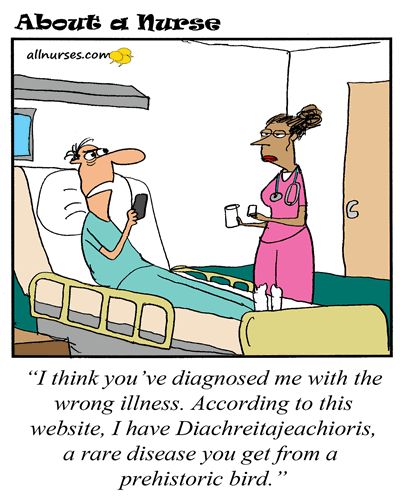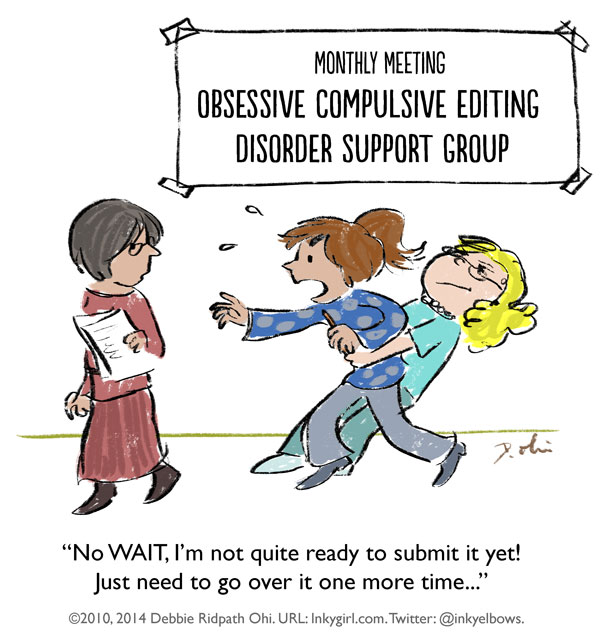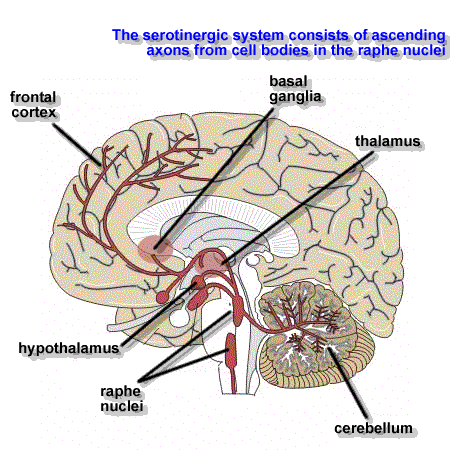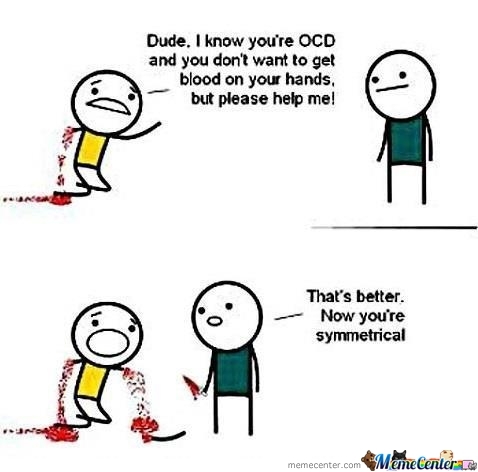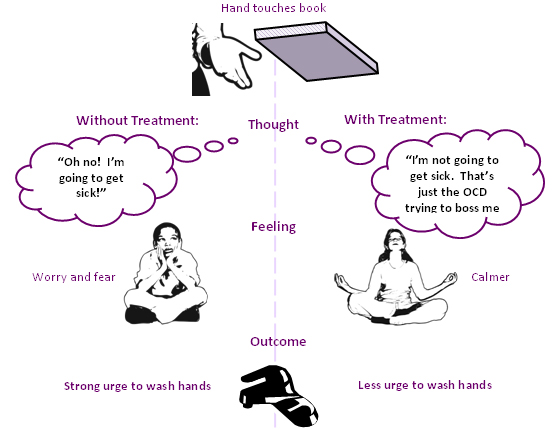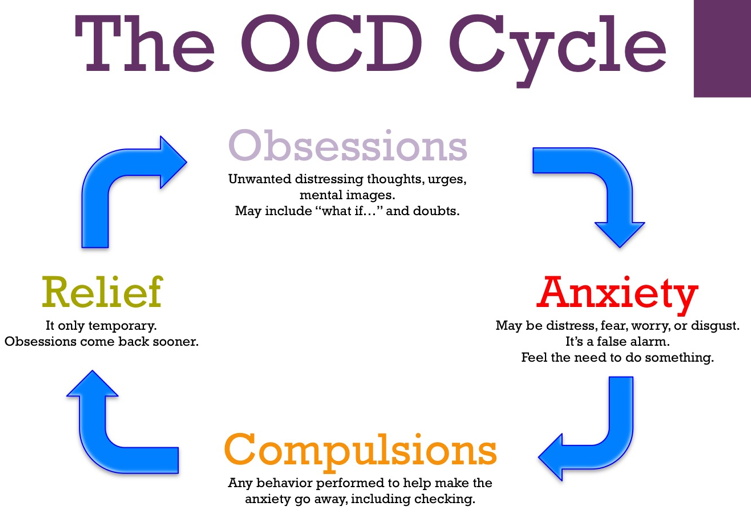Obsessive Compulsive Disorder
Dr.Balan Stephen
Definition
An obsession occurs when a person cannot get rid of the content of his consciousness
It persists and dominates beyond any reason or cause.
Features
Five essential features that characterise obsessions:
- Repetitive,
- Intrusive,
- Irrational,
- Ego dystonic
- Arising from persons own mind
.
A compulsion is a motor or cognitive act performed in response to an obsession in order to reduce the distress associated with the obsession.
The core feature underlying most obsessions and compulsions is a sense of anxiety of personal responsibility, i.e. they will be responsible for an untoward or dire consequence.
A patient with OCD realizes the irrationality of the obsession and experiences both the obsession and the compulsion as ego-dystonic (i.e. , unwanted behaviour.).
Although compulsive act may be carried out in an attempt to reduce the anxiety associated with obsession, it does not always succeed in doing so.
The completion of compulsive act may not affect the anxiety, and it may even increase the anxiety. Anxiety is also increased when a person resists carrying out a compulsion.
Etiology
Deregulation of serotonin in the frontal lobes, basal ganglia especially the caudate nucleus, and the cingulum
The deregulation causes the symptoms of OCD.
Symptom Pattern
Obsessions
Contamination---------- 45%
Pathological doubt-------42%
Somatic----------------------- 36%
Need for symmetry-------- 31%
Aggressive------------------28%
Sexual----------------------------------26%
Multiple obsessions.-------------------60%
Compulsions
Checking------------------------------------63%
washing---------------------------------- 50%
Counting------------------------------------- 36%
Need to ask or confess-------------------- 31%
Symmetry and precision------------- 28%
Hoarding-------------------------- 18%
Multiple compulsions---------------- 48%
Course and Prognosis
About 20 to 30 per cent of patients have significant improvement in their symptoms.
40 to 50 per cent have moderate improvement.
A good prognosis is indicated by good social and occupational adjustment , the presence of a precipitating event, and an episodic nature of symptoms.
The obsessional content does not seem to be related to prognosis.
Treatment
Pharmacotherapy
SSRI-fluoxetine, fluvoxamine
Tricyclic anti-depressants - clomipramine
Behaviour Therapy
Exposure and response prevention.
Desensitization
Thought stopping
Flooding
Implosion therapy
Aversive conditioning
Psychotherapy
Insight oriented psychotherapy
Supportive psychotherapy
Best outcomes result from a combination of drug and behaviour therapy.
* * * * * * * * * * * * * * * *




